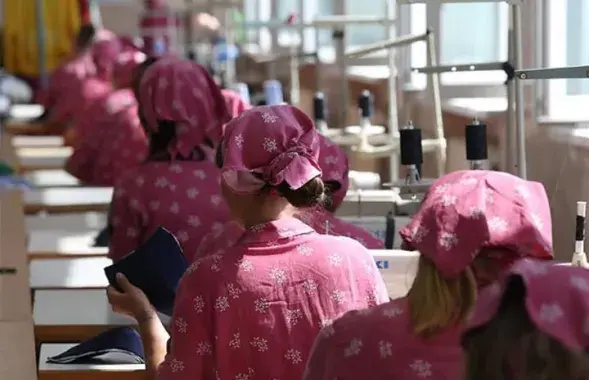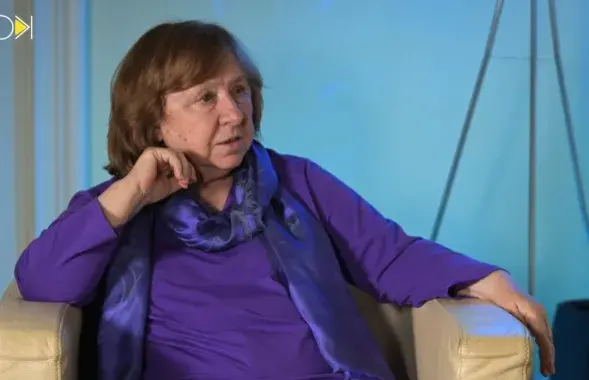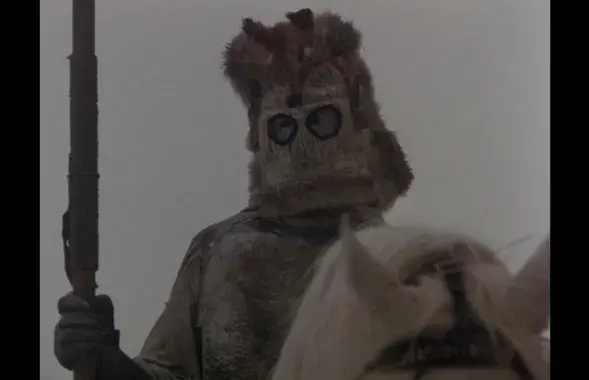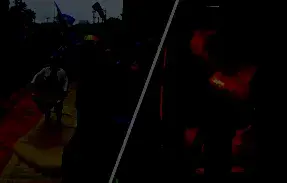Investigators of Square case wrote 100 pages daily
The cases of ex-candidates make 20-30 volumes, while cases of ordinary murderers - 1-2 volumes.
The ex-presidential candidates Uladzimir Nyaklyaeu, Vital Rymasheuski and Andrej Sannikau started studying their cases’ materials last week. Mikalaj Statkevich and Dzmitry Us studied their cases a little bit earlier. The investigation lasted for 3 months and the law-enforcement agencies collected materials, enough to compose dozens of volumes. For example, Nyaklyaeu’s case makes 30 volumes, Rymasheuski’s – 20. Cases of other candidates are not smaller. Taking into account the fact that each volume contains about 300 pages, it turns out that the investigators wrote 100 pages per day, even on the week-ends!
Vital Rymasheuski has informed to
Euroradio, that he managed to read only 4 and a half volumes of his case out of
20 so far.
Vital Rymasheuski: “I studied the case materials on Saturday –
I’ve read 4 and a half volumes out of 20. They told me there were 20 volumes in
the case. As far as I understand, the investigation is in a hurry to transfer
the case to the court. They asked me to study the materials as soon as
possible, due to some reason. I’ve read testimonies of Fiaduta, Nasta
Palazhanka”.
According to Rymasheuski, he is accused of "coming out to the traffic way, blocking of the
traffic movement and creating obstacles in the work of public
institutions".
At the same time, the lawyer Harry
Pahaniayla says that a case, for example, of an “ordinary” domestic murder
makes 1 or 2 volumes at the maximum.
Harry Pahaniayla: “As
a rule, if it’s a one-episode, simple case, it makes 1, or 2 volumes at the
maximum. One volume contains 300 pages”.
However, it is not a surprise to him that the cases of such “criminals” as
Vital Rymasheuski or Uladzimir Nyaklyaeu make 20-30 volumes.
Harry Pahaniayla: “For
instance, 29 injured riot policemen are named in the case. All of them should
be considered casualties, all of them should be interrogated, resolutions on an
expertise should be issued with regard to each of them, the expertises should
be conducted, and corresponding protocols should be issued. You see, only these
29 casualties can make a whole volume of materials”.
There should also be interrogations of witnesses, examination of the incident
site, video-materials from the Square, each shot of which is described, etc.
A lawyer from the legal aid office Larysa
Zahirbekava has agreed that it is possible to collect such number of
volumes in a criminal case, although it’s still a bit unusual.
Larysa Zahirbekava: “Usually,
when it is a one-episode fact of committing a crime, like murder, such case
usually makes one or two volumes. When several people participated in it, there
can be more volumes, as there are more interrogations, more documents, and more
expertises. However, when there are 30 volumes – this should be a multi-episode
crime with many participants. Sometimes there is one accused in a case but many
casualties. All of them should be interrogated; investigation actions should be
conducted with each of them. And this requires many documents”.
However, she confessed that she wouldn’t
be surprised if it had been an economic case, not a criminal one.
Larysa Zahirbekava: “There
were cases of 25 volumes, and 98, and even 150 volumes, as documentation is
often seized in economic cases. Moreover, acts of different check-ups go as
material evidence”.
The lawyer says that an investigator should be freed from all other cases in
order to collect so many materials in a criminal case, and each investigator
usually has several cases to work on.
Larysa Zahirbekava: “If
an investigator worked only on this case and was freed from all the others, it
is fully possible”.
It is also possible if a special investigation group was created to work on
this case. However, Harry Pahaniayla thinks it wasn’t a problem for
investigators to transfer the cases of almost four dozens of subjects of the
mass disturbances criminal case to the court. Like, all of them are identical.
Harry Pahaniayla: “These
are cases of one and the same type; the documents were photo-copied and put
into different files. There was one big case and it was divided into many small
ones. Thus they made an illusion of many-volumes cases, although it might be
one case for all of them, which would make 20-30 volumes on the wholeх”.
According to him, such big cases against each of the accused are aimed at
showing off and to demonstrate how hardly the investigators worked.















